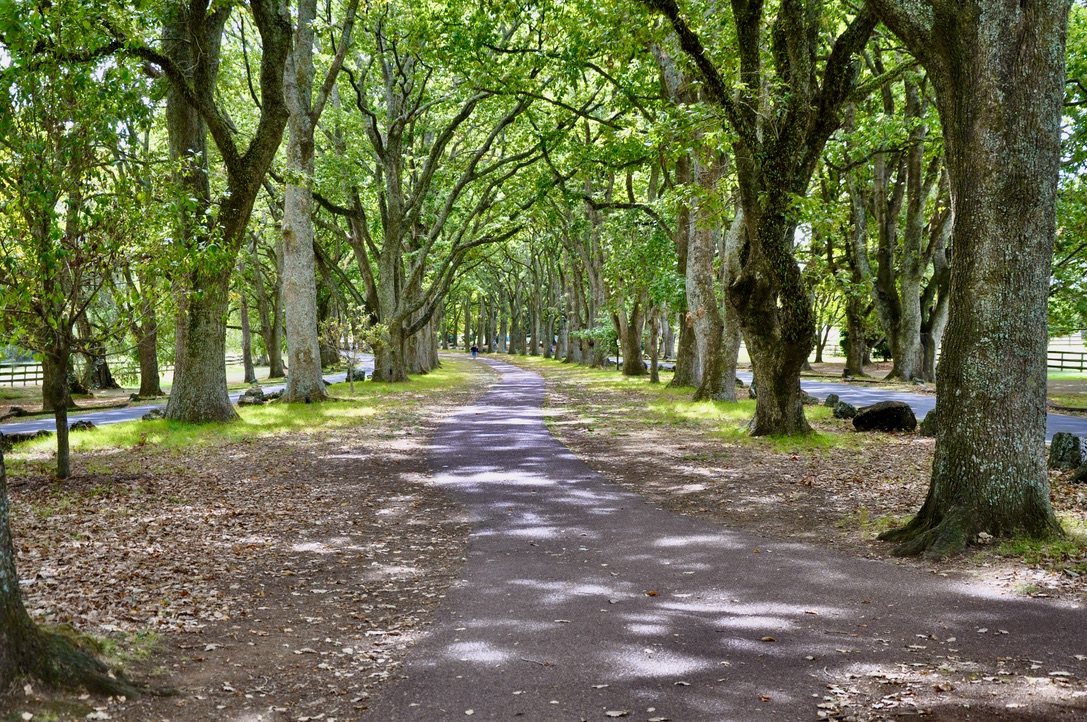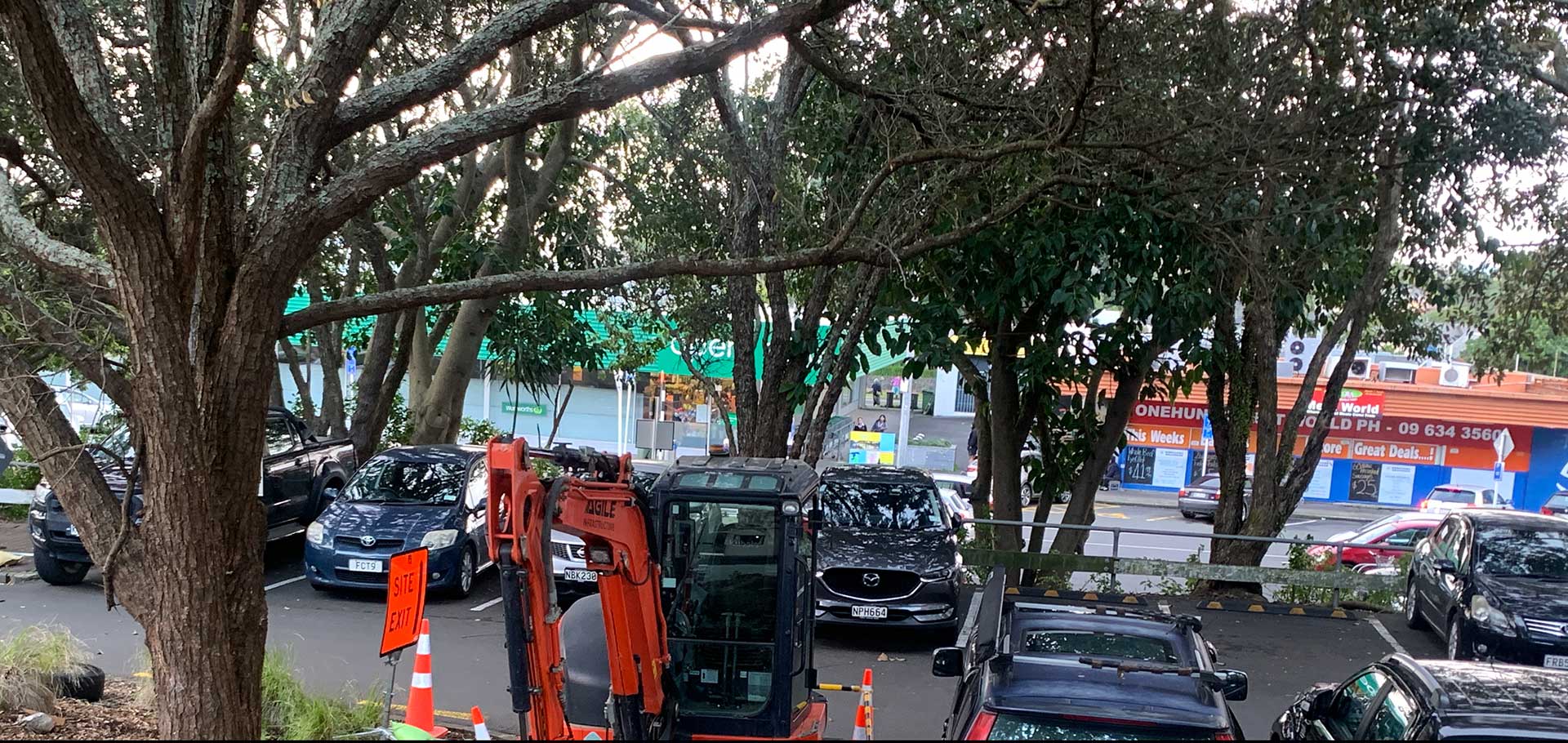Embracing ecological corridors2 min read
Reading Time: 2 minutesUrban intensification in Auckland breaks up native habitats and threatens wildlife, but creating ecological corridors may help to lessen its effects. For over 20 years, Hillsborough resident, Grant Taylor, has campaigned “largely on his own” to establish an ecological corridor in his local area.
Grant is passionate about conservation. He has protested alongside Save Robbies Park to protect pohutukawa trees in Parnell Gardens and planted pohutukawa as part of Project Crimson. He is also a member of the Tawharanui Open Sanctuary Society.
“In the last 27 years so, many trees have been cut down. So many sections have been cut up. Even parks, sports fields, golf and horse race courses have come under threat,” he says. Herein lies the problem – Auckland needs more housing, but what does this mean for our native wildlife?
Smaller gardens mean fewer plants, resulting in less food and shelter for wildlife. At the same time, habitats are increasingly fragmented. Add in cars and trucks, and crossing between patches of suitable habitat becomes challenging and dangerous.
Grant has proposed a solution: An ecological corridor running between Whatipu (near Piha), Mt Eden, and Cornwall Park via Monte Cecilia. Part of the corridor would be on unused land acquired by KiwiRail between the 1950’s and 1980’s.
Ecological corridors consist of waterways, trees, and planted areas that connect patches of suitable habitat for native animals. They require two main things to work: effective pest control and habitat restoration, helping us to connect with nature and preserve the environment for future generations to enjoy. As Grant notes, the people who set aside cherished green spaces like Cornwall Park, did so with their grandchildren in mind.
The idea is nothing new. Overseas, countries have spent millions of dollars establishing them. One example is Oslo’s bee highway, which uses a network of rooftop gardens and balconies with flowering plants to provide bees with pollen-rich habitats.
Auckland has several ecological corridors of its own. Most are led by community groups and charities working with volunteers, private landowners and businesses. Examples include Forest and Bird’s South-East and North-West Wildlinks, The Eastern Bays Songbird Project, and Project Twin Streams (a project helping West Auckland communities restore and protect local streams).
Grant says Auckland Council is less forthcoming about setting up a proposed corridor. Despite him speaking to successive city councillors, none have been “brave enough” to take up the challenge.



